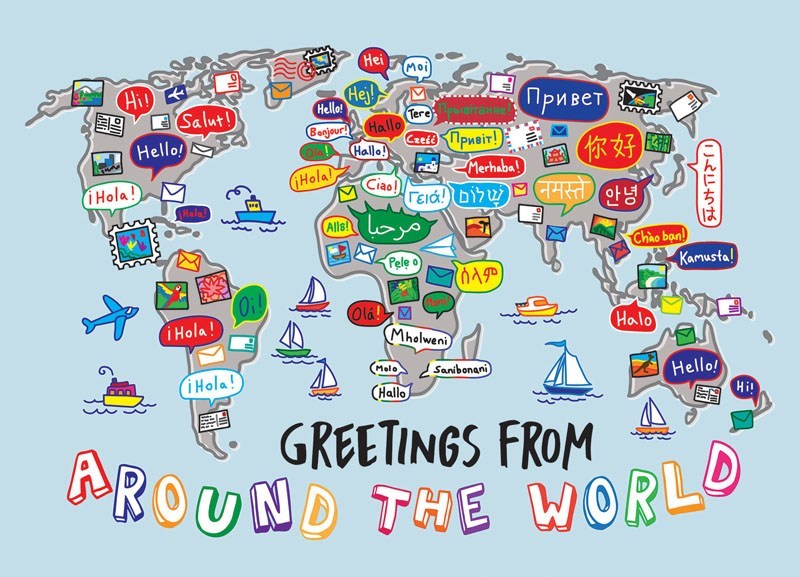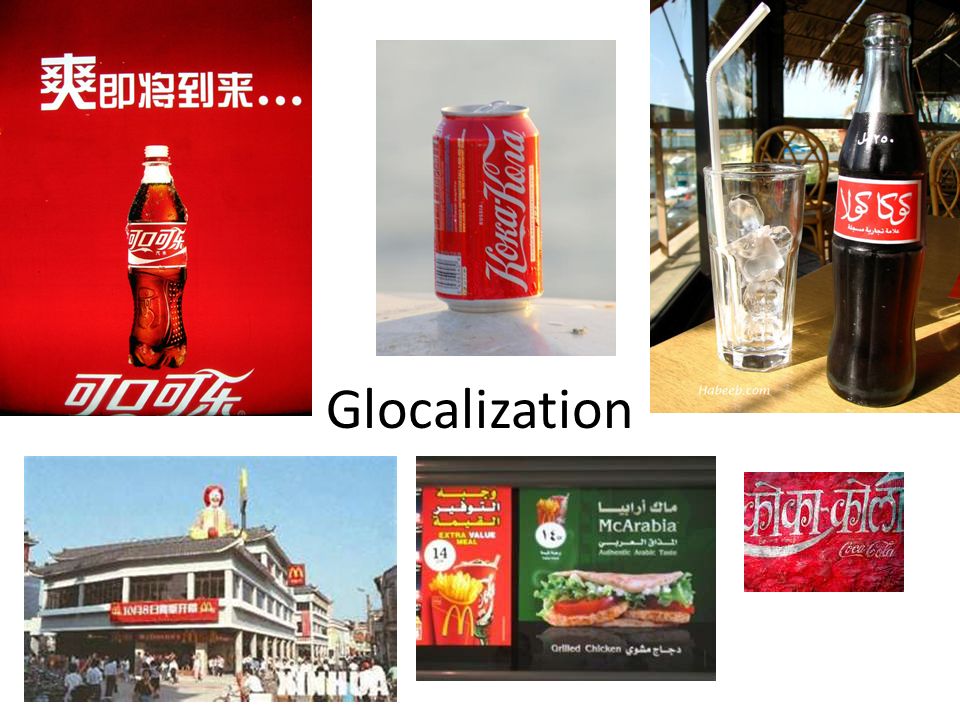To understand the difference between language localization and translation, let's start with the definitions of these two concepts.
What is translation?
It is an action by which the content of the text is converted from the source language to the target language. For example, if you want a text in English to be converted into Vietnamese, English will be the source language and
What is localization?
Localization is the translation of source content according to the target culture. In other words, the content is adapted for local use. The purpose of localization is to create content for the target audience.
>>> Recommended viewing: Localization Basics You Need to Know
The Difference Between Translation and Localization
First difference
Translation is a step towards removing communication barriers. It gives meaning when replacing words in one language to another and focuses on literal meanings and gives precise meaning in the target language. Translation is used to write manuals, articles medical, legal and technical publications, scientific journals and literature reviews. The translation must be accurate to convey without changing its meaning.
Unlike localization, translation is used to build content for websites, mobile apps, software, multimedia content, and voiceovers. Localization is about adapting communication to local, regional, and language requirements. Every country has different culture and standards.

Words, cultural color symbols and other cultural meanings play a very important role in the localization process. If you need to develop marketing content for two different countries but speak the same official language. Each country has different nuances. Therefore, translation into local languages and dialects should be considered while developing marketing content.
Translation is the first step towards the localization process. Therefore, it is important to hire a team of professional translators. You should work with local markets to explore local legal and cultural aspects.
For example: while localizing the content, you cannot use green in Indonesia as it is prohibited there, however you can use it in Mexico. This issue must be taken into account while localizing content. Appropriate images and graphics should be used in online content.
The second difference
In order to serve customers in multiple languages and diverse e-commerce website content, localization is required. The requirements and desires of every customer are different by culture and region. So please understand them. Cultural differences include images, symbols, colors, and societies are symbols and exceptions.
In order to localize content, practical factors should also be considered, including product and service characteristics and descriptions, speeches, date and time, address, and phone number. Now it's time to consider the cultural factors that are useful in localizing content.

Coca-Cola, for example, communicates a globally unique message while adhering to local markets.
Everyone knows the company's brand colors, whether living in different parts of the world, their marketing strategies in each country vary according to the cultural needs and practicality of the target audience. next.
In China, the company changed its name to 'kekou kele' meaning delicious happiness to maintain a voice for its brand. Their localization strategy has helped them target the Chinese market. . More than just translating the content and changing the label, they created the brand image after researching the local market.
>>> Recommended viewing: Product Localization Overview
The third difference
Translations related to specialized topics need experts in legal finance and medical science. If you want to standardize your online documentation, you can choose to translate.
Localization is recommended for highly emotional content, including marketing and website content. If you want to offer customized services by region and culture, you can localize them.
The emotional part of localization is content that is developed considering the local and cultural aspects of society that will move consumers' innermost feelings and help them make informed purchasing decisions.

Language localization is related to translation, but it's a little different
Translating this global world alone will not help you reach your target audience. You must localize according to local traditions. People will buy your product if they understand your message based on their needs and wants. To increase Consumer engagement, you need to devise a marketing strategy that meets the expectations of the locals. Therefore, investing in translation and localization will help you grow your business globally.
Sharing Translation Experience

Nguyen Trung Khang - Talented interpreter and translator, passionate about translation
Nguyen Trung Khang is a talented interpreter and translator, with many years of experience in the field of translation and linguistics. He graduated from Ho Chi Minh City University of Education, majoring in Linguistics in 2015.
After graduating, Mr. Khang participated in a professional interpretation and interpretation training course at the University of Foreign Languages - Hanoi National University. He achieved a high-level certificate in interpreting and interpreting, and was also awarded a master's degree in linguistics.